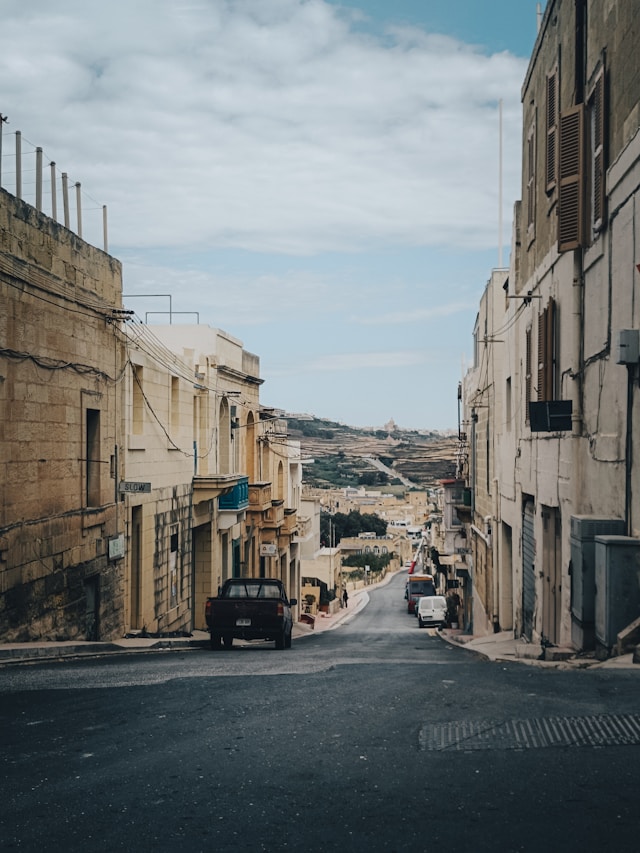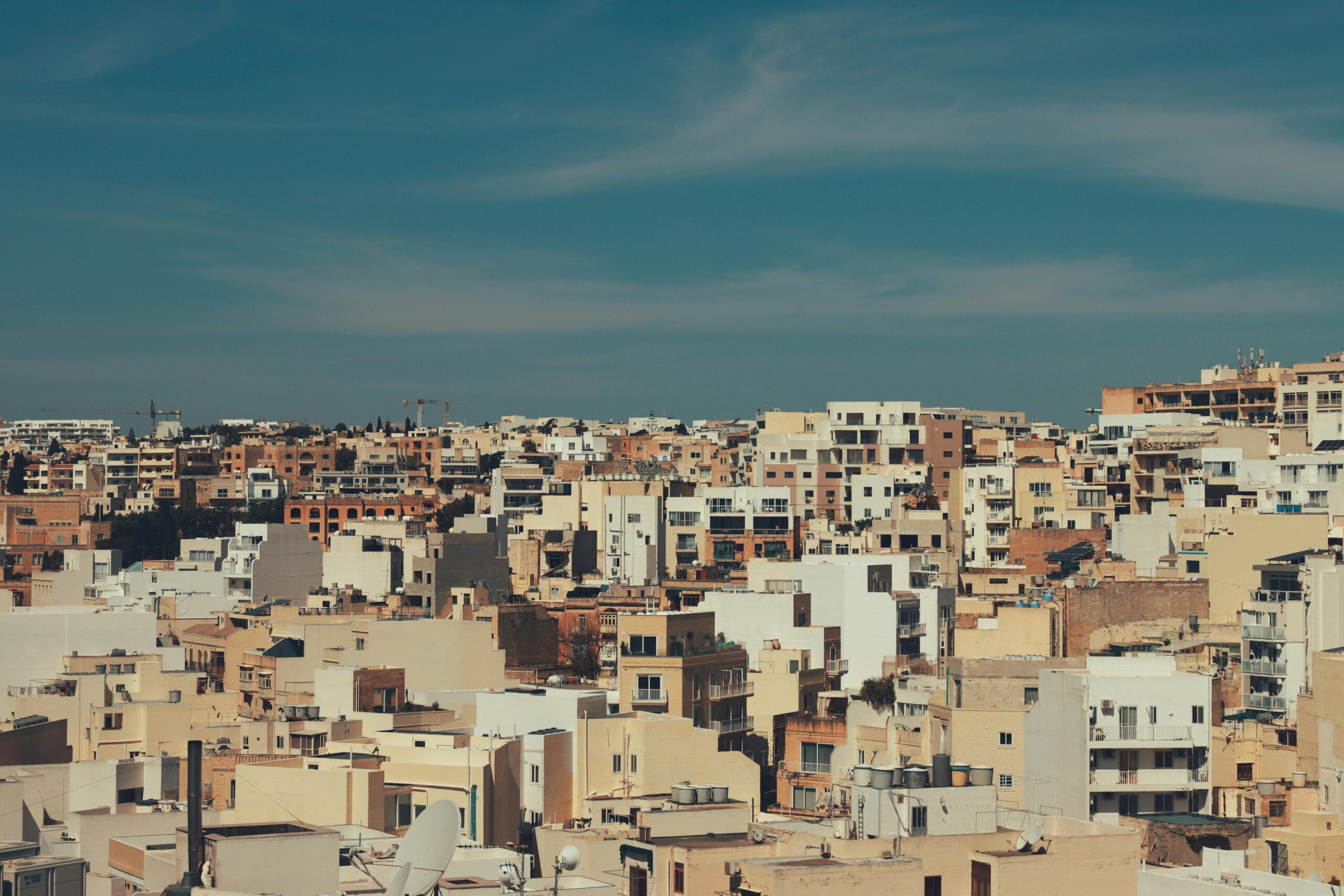The Gozo Regional Development Authority (GRDA) has published a discussion paper outlining a number of recommendations, calling for planning protection to be extended to Gozo’s terraced houses within Government housing estates.
This follows its first attempt at encouraging change, through its Budget proposals. Specifically, it proposed changes in the Gozo and Comino Local Plan to protect terraced houses that form part of the Government Housing Estates constructed under the Home Ownership Schemes of the late 1970s, 1980s, and 1990s.
Throughout the paper, titled ‘Nurturing Gozo’s Urban Character through Context Sensitive Design’, the GRDA puts forward discussions with key stakeholders on the subject of architectural design and aesthetics while encouraging action towards more “harmonious and coherent buildings within the island’s urban fabric.”
Concerned by a notable increase in apartment dwellings, “combined with a lack of focus on quality and coherence,” GRDA emphasises that such factors are impacting Gozo’s distinct semi-urban environment and are threatening to alter its unique character.
According to the latest Census of Population and Housing, Gozo has a stock of 29,728 dwellings in 2021, a notable 18 per cent increase over the dwelling stock registered a decade earlier. However, this corresponds with the increase in the island’s population, of 25.2 per cent, over the same decade.
In 2021, Gozo had a stock of 11,336 terraced houses, representing around 38 per cent of the island’s dwelling stock.
The localities with the highest percentage of terraced houses are Ta’ Kerċem (57.5 per cent), Fontana (54 per cent) and Xewkija (50.9 per cent). Of note is that 60 per cent of terranced houses used as main residential dwellings in 2021, were constructed in the period between 1961 and 2000, corresponding with the period that the Home Ownership Scheme (HOS) was active.
What is the Home Ownership Scheme?
The scheme was a key policy introduced by the Government in the late 1970s and lasted until the early 1990s. It entailed parcelling Government land into building plots and allocating them free of charge for home ownership development.
The scheme was described as “pivotal in shaping Gozo’s residential landscape,” GRDA said.
Overall, approximately 7,580 plots were distributed across Malta and Gozo, of which 10 per cent or 750 plots, were allocated in Gozo.
These represent around 11 per cent of the entire stock of terraced houses in Gozo and around seven per cent of the stock of terraced houses as main residential dwellings in 2021. These are mostly concentrated in Xewkija, Xagħra, and Rabat, making up nearly 60 per cent of the total plot allocations in Gozo.
“This concentration contributes to the significant presence of terraced houses in these localities’ development zones, despite their relatively low proportion of UCAs,” the authority commented, while remarking on their significanceas a portion of Gozo’s urban fabric.
Why is the GRDA calling for protection?
These terraced houses within the Government Housing Estates were built according to specific design principles that emphasised proportionality and harmony.
Typically, two storey high, with limestone facades, masonry balconies, uniform facade proportions and projections, and traditional Maltese architectural features, these terraced houses “respected the village’s skyline and the island’s rural character, aligining with the Government’s vision of Gozo as an Island of Villages.”
Furthermore, the authority commented that these terraced houses are characterised by ratios and proportions that humans can relate to, creating unified streetscapes “that follow an overriding logic.”
In addition, the GRDA highlighted that their architectural characterists are fully in line with the design criteria and other design considerations identified in its discussion paper focused on ‘Nurturing Gozo’s Urban Character through Context-Sensitive Design.’ This had identified a number of design criteria, and contextual parameters which contribute to achieving context-sensitive design that protects the unique identity and distinctiveness of Gozitan settlements.
“Considering that the areas of HOS terraced houses meet a number of the design criteria and parameters which were determined to contribute to context-sensitive harmonic design, and uniform streetscapes, these areas merit distinctive recognition and protection,” GRDA argued.
Moreover, considering the specific site context and the distinctive character of these areas of terraced houses that form part of the Government Housing Estates, the GRDA believes that these areas should be designated and recognised as distinctive residential areas in the Gozo and Comino Local Plan, similar to UCAs.
“This enables these areas to be distinguished from other residential areas in the Local Plan, utilising a similar approach to the Area Typology approach adopted in DC15; thus, protecting these HOS areas characterised by terraced houses,” it added.
Subsequently, from a social perspective, GRDA highlights that residents of Gozo demonstrate a clear preference for terraced houses as their main residential dwelling.
According to the 2021 census, 62.5 per cent of the total stock of terraced houses in Gozo are used as main residential dwellings, while only 42.6 per cent of flats or penthouses serve this purpose.
“This indicates that terraced houses play a central role in the housing market, being favoured by Gozitans for permanent residence,” it added.
In its concluding remarks, the authority emphasised that the HOS terraced houses, with their distinctive characteristics, should be considered different than other buildings, even if these are within the same building scheme.
Additionally, it noted that the proposal to protect zones of terraced houses that form part of the HOS, by recognising these areas as distinct building typology, “represents a proactive approach to ensure that Gozo retains its identity as an Island of villages.”
“Furthermore, architectural homogenity and aesthetic coherence – characteristics of these terraced houses within Government Housing Estates- contribute to a long-term increase in the value of residential properties in these areas,” said the GRDA, citing a study conducted in Rotterdam that showed a price premium of approximately four per cent for houses in homogenous rows.
Finance Minister: Average restaurant pays just €4,500 in Corporate Tax annually
Minister Caruana addressed calls from the catering industry to reduce the VAT rate on restaurant services from 18% to 7%
Malta records Q2 deficit as Government debt surpasses €11 billion
Between April and June, the Government recorded a €170.4 million deficit, compared to a €55.2 million surplus a year earlier
MDA calls for unity and urgency in passing Malta’s long-delayed planning reform
The association calls for a balanced framework that protects the environment while ensuring predictability for investment






